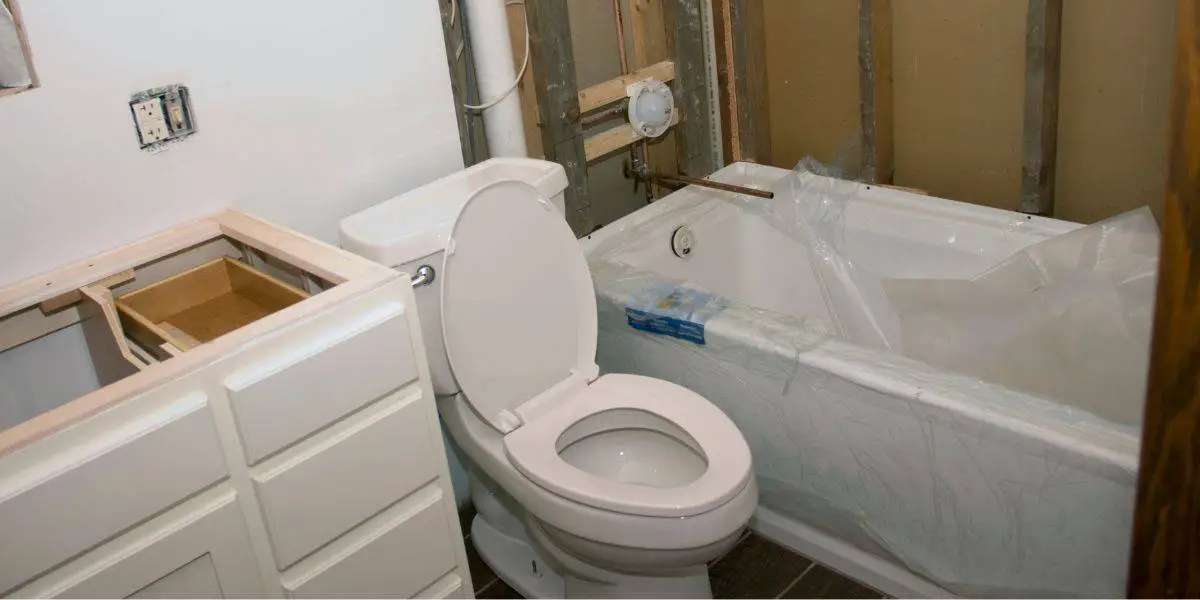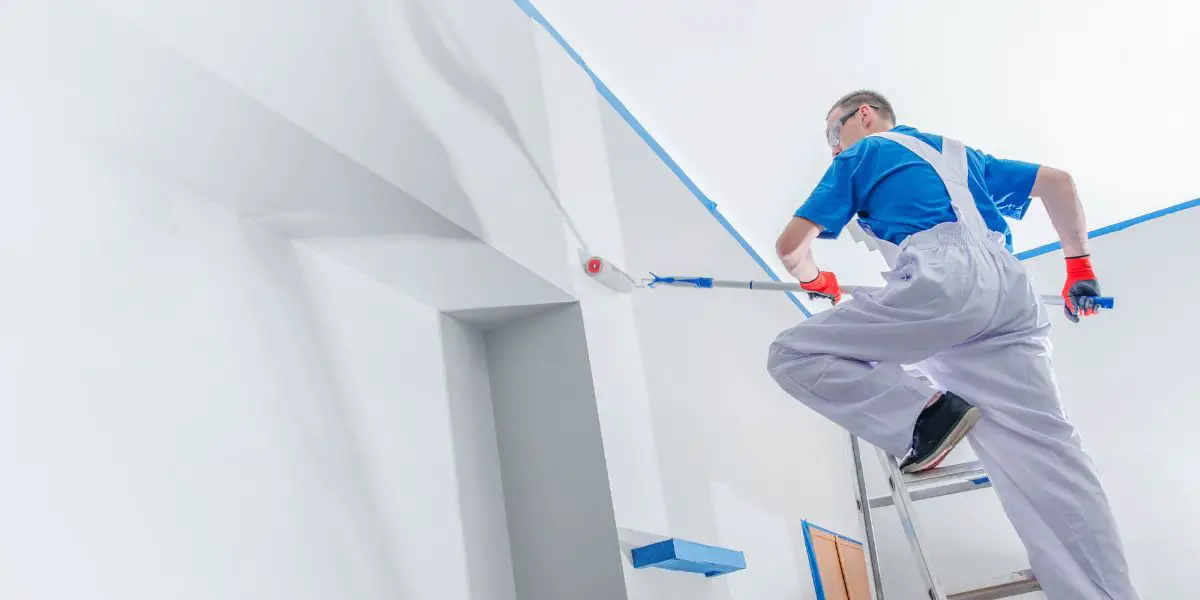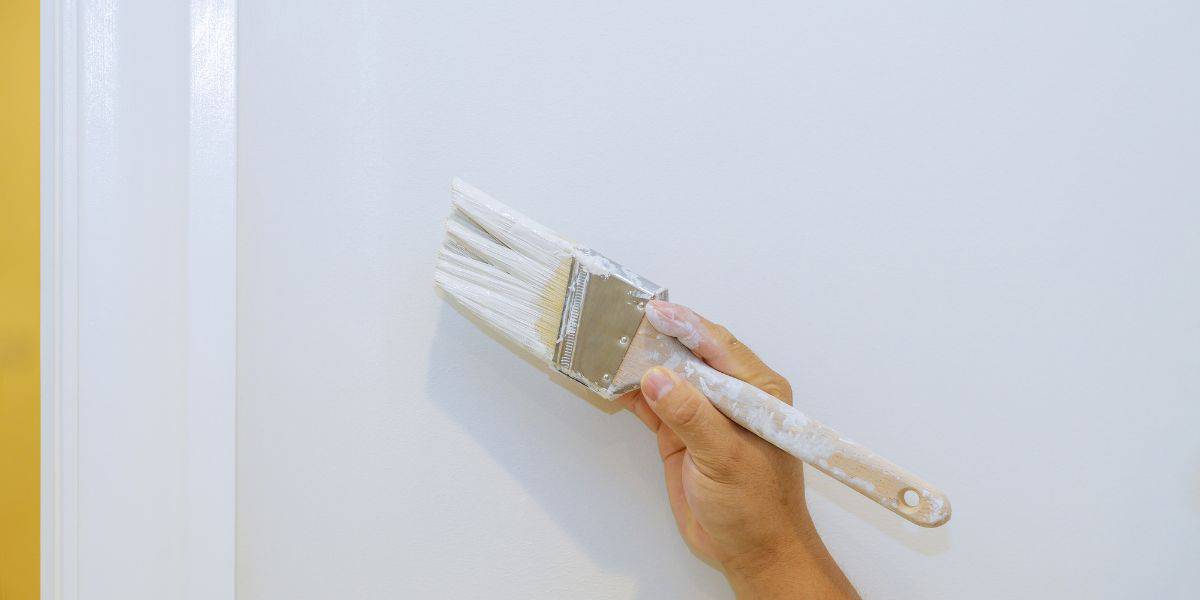Maintaining your home’s plumbing system is an essential part of homeownership. While some plumbing tasks require professional expertise, there are certain DIY projects you can tackle successfully. One such task is toilet drain removal, a common issue that many homeowners encounter. Whether you’re dealing with a clogged toilet or simply need to replace an old one, learning how to remove a toilet drain yourself can save you time and money.
In this comprehensive guide, we will walk you through the process of DIY toilet drain removal, step by step. We’ll also provide you with valuable tips and precautions to ensure a smooth and successful project. So, put on your DIY hat and get ready to take charge of your bathroom plumbing.
Table of contents
Safety First: Preparing for the Project
Gather the Necessary Tools and Materials
Before diving into the DIY toilet drain removal project, it’s crucial to gather all the required tools and materials. Having everything on hand will make the process smoother and prevent unnecessary delays. Here’s a list of what you’ll need:
- Adjustable wrench
- Screwdriver
- Plunger
- Bucket
- Towels or rags
- Putty knife or scraper
- New wax ring
- Replacement bolts (if needed)
- Replacement toilet (if necessary)
- Safety goggles and gloves
Ensure a Safe Working Environment
Safety should be your top priority when working on any DIY project, especially one involving plumbing. To create a safe working environment:
- Work in a well-ventilated area to prevent exposure to sewer gases.
- Keep children and pets away from the work area.
- Ensure proper lighting to avoid accidents.
- Wear safety goggles and gloves to protect yourself from splashes and sharp edges.
- Have a first aid kit on hand in case of minor injuries.
Turn Off the Water Supply
Before you begin, you must turn off the water supply to your toilet. The shut-off valve is typically located behind or beneath the toilet tank. Turn the valve clockwise until it’s fully closed to stop the flow of water to the toilet. Flush the toilet to empty the tank and bowl, removing as much water as possible.
Understanding Your Toilet Drain
The Anatomy of a Toilet
Before you start the DIY toilet drain removal, it’s essential to understand the basic anatomy of a toilet. A typical toilet consists of several components:
- Toilet bowl: The part you sit on.
- Toilet tank: The upper portion that holds water for flushing.
- Flushing mechanism: The mechanism that flushes water from the tank into the bowl.
- Wax ring: The seal between the toilet and the floor.
- Toilet flange: The floor-mounted ring that connects the toilet to the drain pipe.
How the Toilet Drain Works
The toilet drain is a critical component of your home’s plumbing system. When you flush, water and waste are transported from the toilet bowl into the drain pipe. The wax ring creates a watertight seal between the toilet and the drain pipe, preventing leaks and odors.
Understanding how the toilet drain functions will help you troubleshoot issues and perform a successful removal.
Step-by-Step Toilet Drain Removal
Now that you’re prepared and understand your toilet’s basic structure, let’s delve into the step-by-step process of DIY toilet drain removal.
Removing the Water from the Toilet Bowl
To avoid a messy cleanup, start by removing as much water as possible from the toilet bowl. Follow these steps:
- Put on your gloves.
- Use a plunger to force water down the drain. Plunge vigorously to break any clogs and allow the water to drain out.
- If necessary, use a small container or bucket to scoop out any remaining water.
Disconnecting the Water Supply
Next, disconnect the water supply line from the toilet tank:
- Locate the water supply valve beneath or behind the toilet.
- Use an adjustable wrench to turn the valve clockwise, shutting off the water supply.
- Flush the toilet again to remove any remaining water from the tank.
Loosening the Bolts Securing the Toilet
The toilet is secured to the floor with bolts and nuts. You’ll need to remove these to free the toilet:
- Find the nuts securing the toilet bolts at the base of the toilet.
- Use an adjustable wrench or pliers to loosen and remove the nuts.
- Carefully lift the plastic or metal caps covering the bolts.
Lifting and Removing the Toilet
With the nuts and caps removed, you’re ready to lift the toilet off the floor:
- Place a towel or rag on the floor next to the toilet.
- Firmly grasp the sides of the toilet bowl.
- Carefully lift the toilet straight up, ensuring it’s balanced.
- Set the toilet on the towel or rag to prevent damage to the floor or the toilet itself.
You have now successfully removed the toilet from the drain. If you plan to reinstall the same toilet, place it in a safe and clean location.
Inspecting and Cleaning the Drain
Now that the toilet is out of the way, it’s an excellent time to inspect the toilet flange and drain pipe for any issues. You’ll also want to clean these components to ensure a proper seal when you reinstall the toilet.
Checking for Clogs and Blockages
Inspect the toilet flange and drain pipe for any visible clogs or blockages. If you notice debris or objects obstructing the drain, remove them using a tool or gloved hand. It’s essential to have a clear, unobstructed drain for proper toilet function.
Cleaning the Flange and Wax Ring
The toilet flange and wax ring can accumulate residue and grime over time. To clean them:
- Use a putty knife or scraper to gently remove any old wax from the flange and the bottom of the toilet.
- Wipe the flange and drain pipe clean with a damp cloth or paper towels.
- Inspect the wax ring. If it appears damaged or flattened, replace it with a new wax ring.
Cleaning and inspecting these components ensures a secure and watertight seal when you reinstall the toilet.
Installing a New Toilet or Making Repairs
If you’re replacing the toilet, now is the time to install the new one. Follow these steps for a successful installation:
Replacing the Wax Ring
- Place the new wax ring onto the cleaned flange, ensuring it’s centered over the drain hole.
- Carefully lower the new toilet onto the wax ring, aligning the mounting bolts with the holes in the base of the toilet.
- Apply even downward pressure to compress the wax ring and create a secure seal.
Setting the New Toilet in Place
Secure the toilet in place by following these steps:
- Place a plastic or metal washer over each mounting bolt.
- Hand-tighten the nuts onto the bolts, and then use an adjustable wrench to snugly secure them. Be careful not to overtighten, as this could crack the toilet.
Reconnecting the Water Supply
With the toilet securely in place, it’s time to reconnect the water supply:
- Reattach the water supply line to the fill valve on the bottom of the toilet tank.
- Hand-tighten the nut onto the fill valve.
- Use an adjustable wrench to give it a final snug turn, but avoid over-tightening, which can damage the connection.
Testing for Leaks
Once everything is in place, turn the water supply valve back on by turning it counterclockwise. Allow the tank to fill, and then flush the toilet. Watch for any signs of leaks around the base of the toilet and at the water supply connection. If you notice any leaks, tighten the nuts slightly until the leaks stop.
Congratulations! You’ve successfully installed a new toilet or made necessary repairs to the existing one. Your bathroom plumbing should now be in excellent working condition.
Troubleshooting Common Issues
While toilet drain removal and installation are usually straightforward, you may encounter some common issues. Here are solutions to a few potential problems:
Toilet Flange Problems
- Flange is broken: If the flange is damaged or broken, it will need to be replaced. This may require removing the flooring around the flange to access it. Consult a professional if needed.
- Flange is too high or too low: If the flange is not level with the floor, you may need to use flange extenders or a flange spacer to ensure a proper seal.
Dealing with Stubborn Bolts
- Rusted or corroded bolts: If the nuts on the bolts are rusted or corroded, use penetrating oil to loosen them. Be patient and avoid using excessive force to prevent damage.
- Bolts won’t come out: If the bolts refuse to budge, you may need to cut them off using a hacksaw or reciprocating saw.
Addressing Damaged Drain Pipes
If you discover that the drain pipe is damaged or leaking, it’s essential to repair it before reinstalling the toilet. Consult a professional plumber to assess the extent of the damage and recommend appropriate repairs.
Regular Maintenance to Prevent Future Issues
To prolong the life of your toilet and prevent future drain issues, consider these maintenance tips:
Using Enzyme-Based Cleaners
Regularly use enzyme-based toilet bowl cleaners to help break down waste and prevent clogs. These cleaners are eco-friendly and safe for your plumbing system.
Avoiding Flushable Wipes
Despite their name, “flushable” wipes can lead to blockages in your toilet drain and sewer system. Avoid flushing them and opt for toilet paper instead.
Conducting Routine Inspections
Regularly inspect your toilet, especially the wax ring and bolts, for signs of wear or damage. Catching issues early can prevent costly repairs down the road.
Conclusion: DIY Plumbing Success
Congratulations on completing your DIY toilet drain removal project! With the knowledge and skills gained from this guide, you’ve successfully tackled a plumbing task that many homeowners find daunting. Not only have you saved money on professional plumbing services, but you’ve also gained confidence in your ability to maintain your home.
Remember that safety and proper preparation are essential for any DIY project, and never hesitate to seek professional assistance if you encounter challenges beyond your expertise. With the right tools, knowledge, and a can-do attitude, you can conquer various home improvement projects, ensuring your home runs smoothly for years to come.
Now go ahead and enjoy your fully functional and leak-free toilet!




